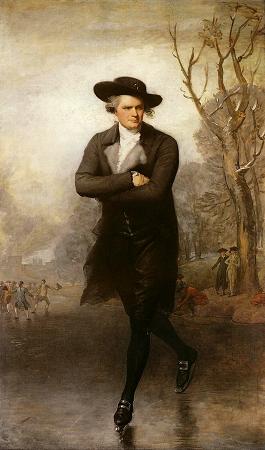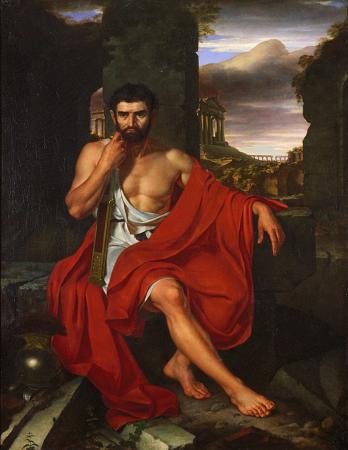United States Artist. Visual art of the United States or American art is visual art made in the United States or by U.S. artists. Before colonization there were many flourishing traditions of Native American art, and where the Spanish colonized Spanish Colonial architecture and the accompanying styles in other media were quickly in place. Early colonial art on the East Coast initially relied on artists from Europe, with John White the earliest example. In the late 18th and early 19th centuries, artists primarily painted portraits, and some landscapes in a style based mainly on English painting. Furniture-makers imitating English styles and similar craftsmen were also established in the major cities, but in the English colonies, locally made pottery remained resolutely utilitarian until the 19th century, with fancy products imported. But in the later 18th century two U.S. artists, Benjamin West and John Singleton Copley, became the most successful painters in London of history painting, then regarded as the highest form of art, giving the first sign of an emerging force in Western art. American artists who remained at home became increasingly skilled, although there was little awareness of them in Europe. In the early 19th century the infrastructure to train artists began to be established, and from 1820 the Hudson River School began to produce Romantic landscape painting that was original and matched the huge scale of U.S. landscapes. The American Revolution produced a demand for patriotic art, especially history painting, while other artists recorded the frontier country. A parallel development taking shape in rural U.S. was the American craft movement, which began as a reaction to the industrial revolution. After 1850 Academic art in the European style flourished, and as richer Americans became very wealthy, the flow of European art, new and old, to the US began; this has continued ever since. Museums began to be opened to display much of this. Developments in modern art in Europe came to the U.S. from exhibitions in New York City such as the Armory Show in 1913. After World War II, New York replaced Paris as the center of the art world. Since then many U.S. movements have shaped Modern and Postmodern art. Art in the United States today covers a huge range of styles. One of the first painters to visit British America was John White, who made important watercolor records of Native American life on the Eastern seaboard. White first visited America as the artist and map-maker for an expedition of exploration, and in the early years of the Colonial period most other artists trained in Western styles were officers in the army and navy, whose training included sketching landscapes. Eventually the English settlements grew large enough to support professional artists, mostly portrait-painters, often largely self-taught. Among the earliest was John Smybert, a trained artist from London who emigrated in 1728 intending to be a professor of fine art, but instead became a portrait painter and printseller in Boston. His friend Peter Pelham was a painter and printmaker. Both needed other sources of income and had shops. Meanwhile, the Spanish territories later to be American could see mostly religious art in the late Baroque style, mostly by native artists, and Native American cultures continued to produce art in their various traditions. After the Declaration of Independence in 1776, which marked the official beginning of the American national identity, the new nation needed a history, and part of that history would be expressed visually. Most of early American art consists of history painting and especially portraits. As in Colonial America, many of the painters who specialized in portraits were essentially self-taught; notable among them are Joseph Badger, John Brewster, Jr., and William Jennys. The young nation's artists generally emulated the style of British art, which they knew through prints and the paintings of English-trained immigrants such as John Smibert and John Wollaston. Robert Feke, an untrained painter of the colonial period, achieved a sophisticated style based on Smibert's example. Charles Willson Peale, who gained much of his earliest art training by studying Smibert's copies of European paintings, painted portraits of many of the important figures of the American Revolution. Peale's younger brother James Peale and four of Peale's sons, Raphaelle Peale, Rembrandt Peale, Rubens Peale and Titian Peale, were also artists. Painters such as Gilbert Stuart made portraits of the newly elected government officials, which became iconic after being reproduced on various U.S. Postage stamps.
more...














